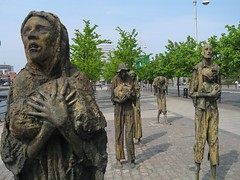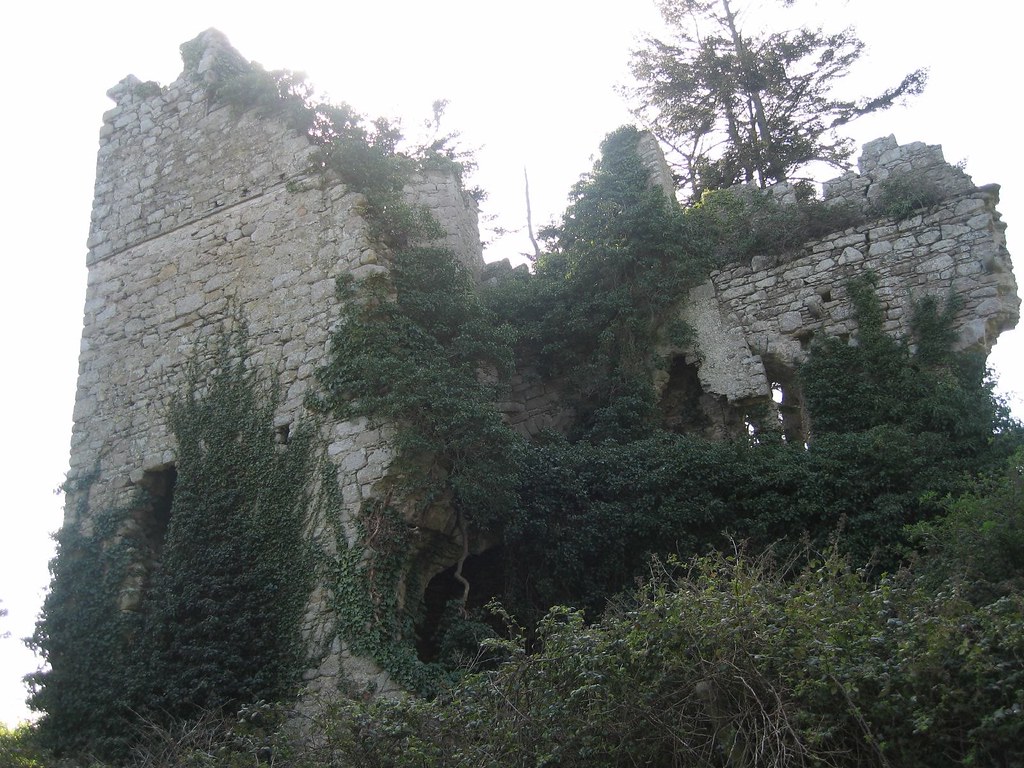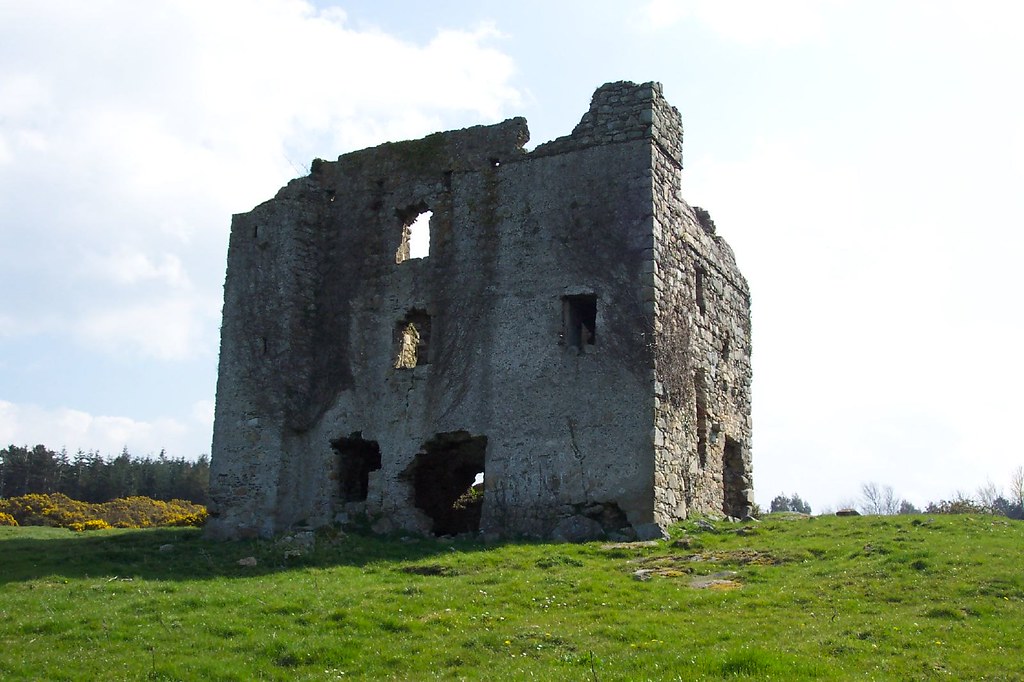American Independence Day in Ireland
For our first Independence Day in Ireland, the wife and I went up to Swords (just north of Dublin) to hang out with some American colleagues and grill up some burgers. After I stood with an umbrella over our friend as he manned the BBQ, someone else mentioned that it's been one of the wettest, coolest summers he can remember here in Ireland since the 80's. Fortunately, we got our holiday tour in around the Ring of Kerry in early June before all the wet nastiness set in.
After our little "4th of July" get together, I began to wonder when Ireland celebrate their independence from the Brits. Funny enough, the only thing I came across was that St. Patrick's Day is supposed to be the day when the Irish memorialize their independence. I'm going to try and remember to test that out with my Irish friends because my hunch is that not a lot of Irish folk realize that St. Patrick's Day is also Irish Independence Day.
I'm guessing Michael Collins would not be happy about that! But maybe that's just because I'm a Yankee and we get kinda weird about patriotism. =) Having said that, I did NOT wear any "red, white & blue," but rather a grey t-shirt that says "Mad for Trad" that I got from Hairy Baby. How's that for patriotism . . .





